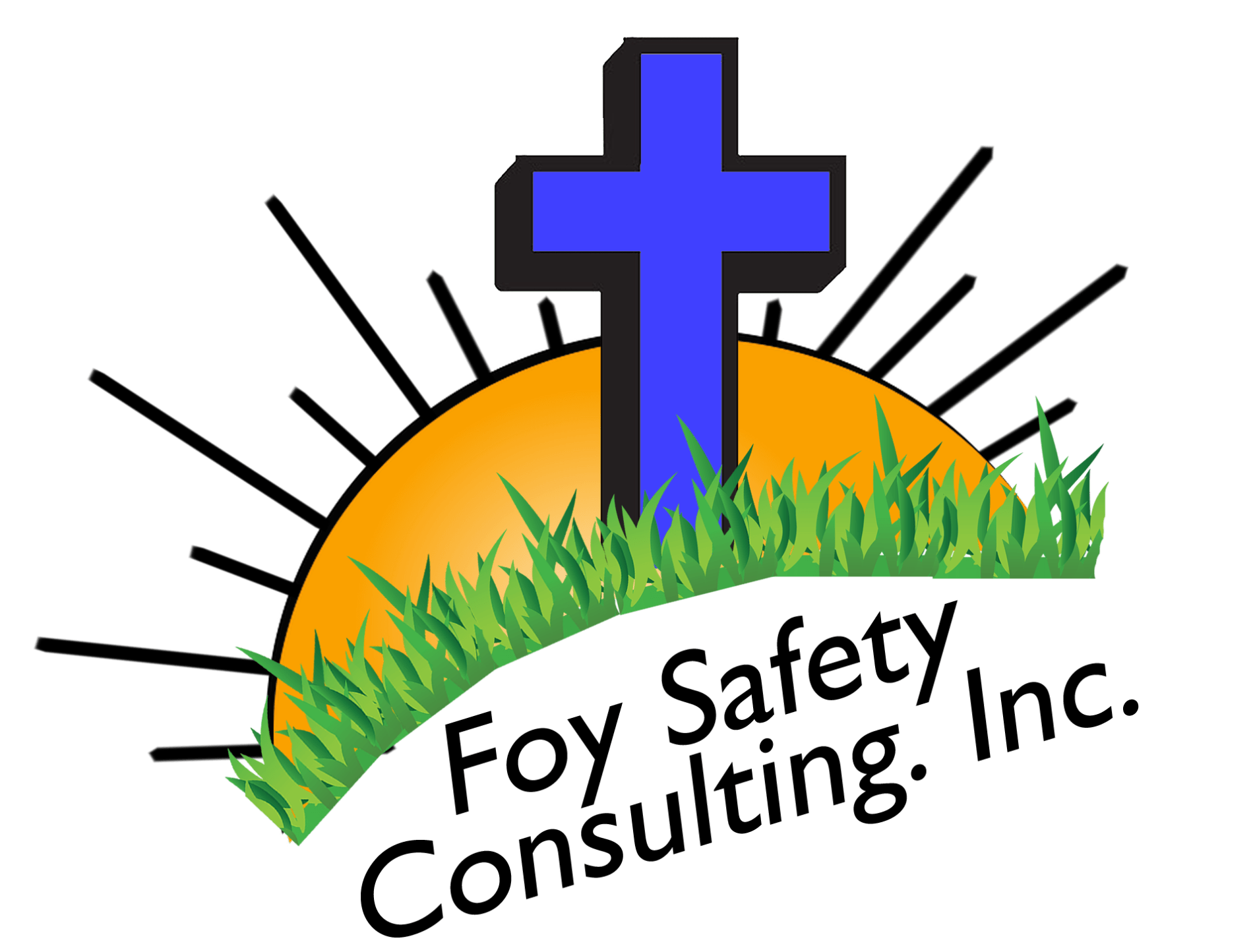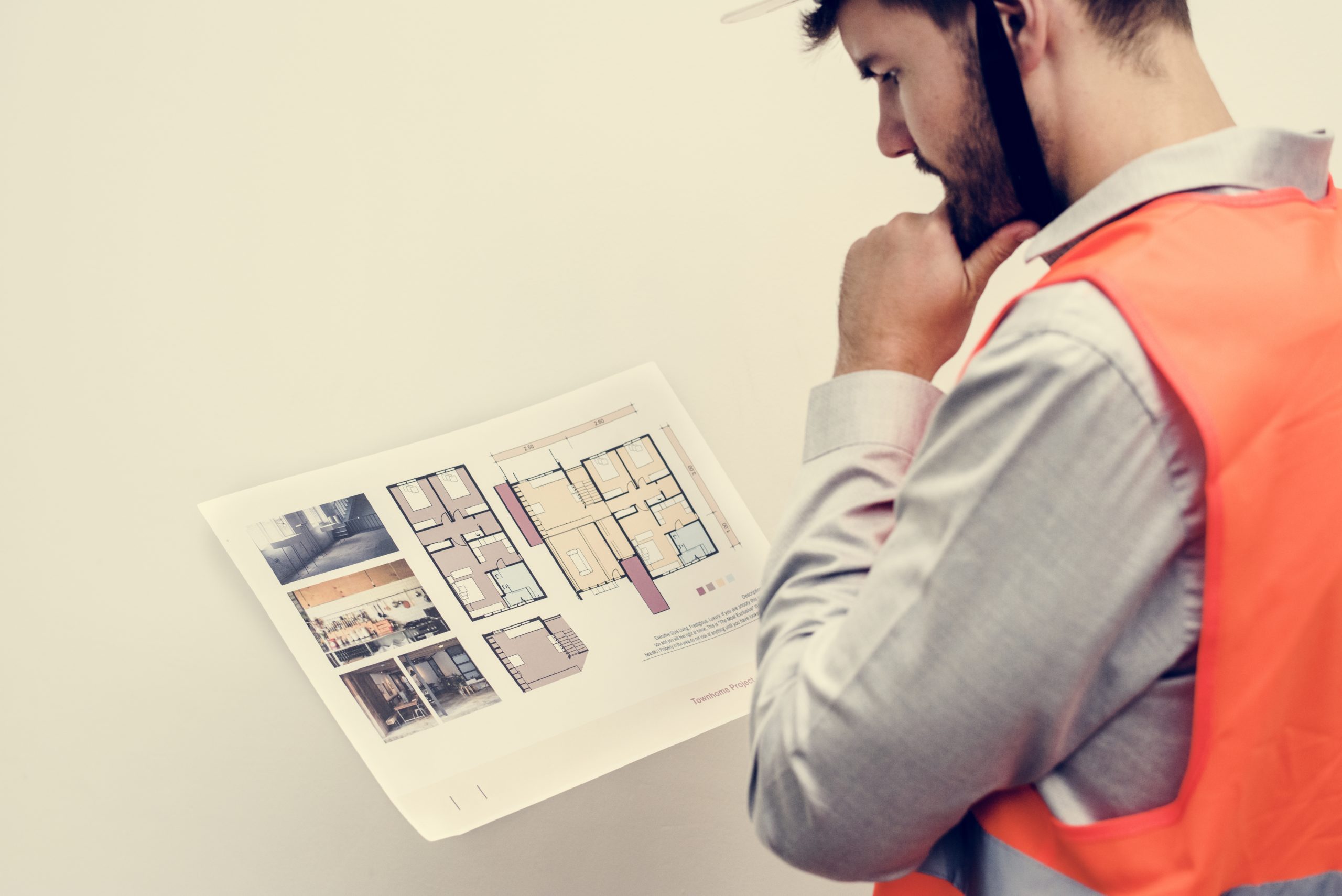A construction site is prone to severe injuries if workers do not have the proper training and experience. However, if one is more aware of the potential hazards, it is easier to avoid and prepare for them.
Top Risks on the Construction Site:
- Working from Heights
- Slips and Falls
- Electricity
- Moving Objects
- High Volume Noise
- Hand Arm Vibration Syndrome
Working from Heights
Working on a construction site usually entails working from heights at some point during construction jobs. In 2018, OSHA listed “falls” as the most common cause of workplace fatalities.
Construction workers must have proper training before working from heights, such as ladders, scaffolding, and roofs. Furthermore, the law requires that employers account for the risks when their team is working from a height and must provide proper equipment for them to do so safely and correctly.
When working from a height, one should always plan accordingly and take into account the risks and hazards of doing so. To help you stay safe on the jobsite, adopt some of these tips:
- If possible, do not work from a height.
- If the work can be done on the ground, it is safer and wiser to do it there.
- Ensure safety equipment is reliable.
- After each job, you must inspect your equipment for faults. It will save your life
Click here to read more about falls in one of our other blog posts!
Slips and Falls
A hazard that’s danger increased with elevation, slips, and falls can be extremely dangerous. Construction sites are host to a multitude of uneven surfaces and debris, making slips and falls unsurprising when they happen.
While slips and falls are not as dangerous of falling from a height, that does not diminish the injuries that they can cause. Therefore, making sure that areas such as staircases, cable, and wet areas are marked off accordingly.
If you are a worker on the jobsite, ensure that you and your team members are working together to make the jobsite as safe as possible for everyone. If you are an employer or the manager onsite, you must take it upon yourself to ensure your team members are following proper procedures and maintaining a safe working environment.
Slip Hazards to Look Out For
- Uneven Surfaces
- Obstacles
- Making sure the worksite is clean of obstructions is a team effort.
- Trailing Cables
- Cordless tools should be used to avoid tripping hazards.
- Wet Surfaces
- Areas that have slip hazards (ice, mud, water) should be treated with extreme caution and handled correctly (grit, stone).
Electrical Hazards
When working with electricity, one must use extreme caution. While not as fatal as falls, electrical shocks can cause secondary hazards, such as falls. OSHA lists electrocutions in their “Fatal Four.” Therefore, it is essential that only certified electricians perform work on electrical cables and wires.
Click here to read more about noise in one of our other blog posts!
Moving Objects
Working on a jobsite is dangerous; however, there are ways to minimize that danger. Because of the everchanging environment of a construction site, moving objects can become extremely dangerous. Even lightweight objects, such as empty buckets, can become extremely dangerous under the right circumstances.
Ways to reduce risk:
- Avoid working near or under movable objects.
- Maintain awareness of your surroundings.
- Wear personal protective gear (high visibility vests, helmets, etc.).
Noise Hazards
Noise can be extremely dangerous if one is left exposed to it for extended periods. A construction site is essentially one of the easiest places to go deaf. Loss of hearing can lead to the creation of hazards on the jobsite as well. Therefore, it is in the best interest of everyone that construction workers have proper ear protection.
Click here to read more about noise in one of our other blog posts!
Hand Arm Vibration Syndrome
Hand Arm Vibration Syndrome (HAVS) is a disease of the blood vessels, nerves, and joints. It is a painful disease caused by the prolonged use of hand-held power tools and their vibration. People working with power tools should be given proper protection against this disease, for once the damage is done, it is permanent.
Staying Safe
It is no surprise that a construction site is a dangerous place to work. However, there are ways that we can make it safer for everyone. If both employers and employees watch out for one another, workplace injuries and fatalities can be significantly reduced. When working on the jobsite, one must remain vigilant and aware of their surroundings to ensure the safety of themselves and others.


